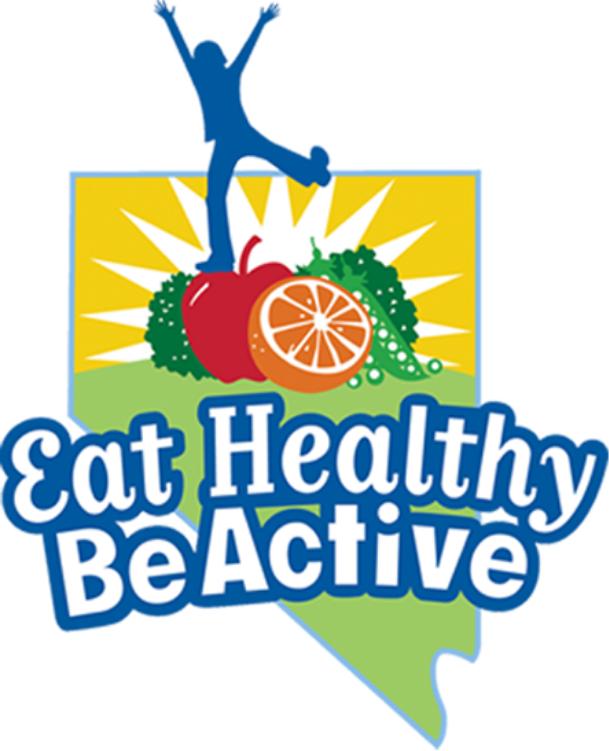We know that physical activity has great health benefits for our children. But did you know that children who are more physically active have better academic performance, memory, and attention? It’s true! They are more focused, stay on task, have better recall and short-term memory.
However, being physically active means more than just “running around” and “playing outside.” Yes, running, jumping and swimming often called cardio-respiratory activities or “cardio” are important for the heart. However, activities that focus on perceptual motor development and fundamental movement skills are also important. While, both cardio and motor skill activities improve overall brain function, they activate children’s brains differently, so we need each of these to plan and make decisions from simple to most complex.
What are Fundamental Movement Skills?
Fundamental movement skills are a specific set of skills that involve using different parts of the child’s body and form the “building blocks” for more complex and specialized skills they will need throughout their lives. Many of these fundamental movement skills are specified in state pre-kindergarten standards and describe what children should be able to do before they start kindergarten. Examples include hop on one foot, spin on one foot, step forward and back, and balance on one foot for 5 seconds.
What Is Perceptual Motor Development?
Unlike fundamental movement skills that form the building blocks for movement, such as hopping, jumping, running or balance, perceptual motor development connects a children’s perceptual or sensory skills (the brain) to their motor skills (the body) so they can perform a variety of movements and confidently interact with their environment. Developing perceptual motor skills involves teaching children movements related to time (e.g. moving fast vs slow), direction (moving forward, back or to the side) and spatial awareness (e.g. crossing their arm from the right side of the body to the left or tapping their heel to the ground).
Physical activity can affect how we learn, remember, problem-solve, and pay attention. Cardio activities that increase the heart rate and breathing such as walking, running, dancing, skipping and jumping, have been shown to increase blood flow and oxygen to the brain and improve brain function.
In order to perform a variety of movements, children need to have opportunities to perform fundamental movement skills such as hopping on one foot, spinning around and balancing as well as building perceptual motor skills that help them connect the brain to the body.
